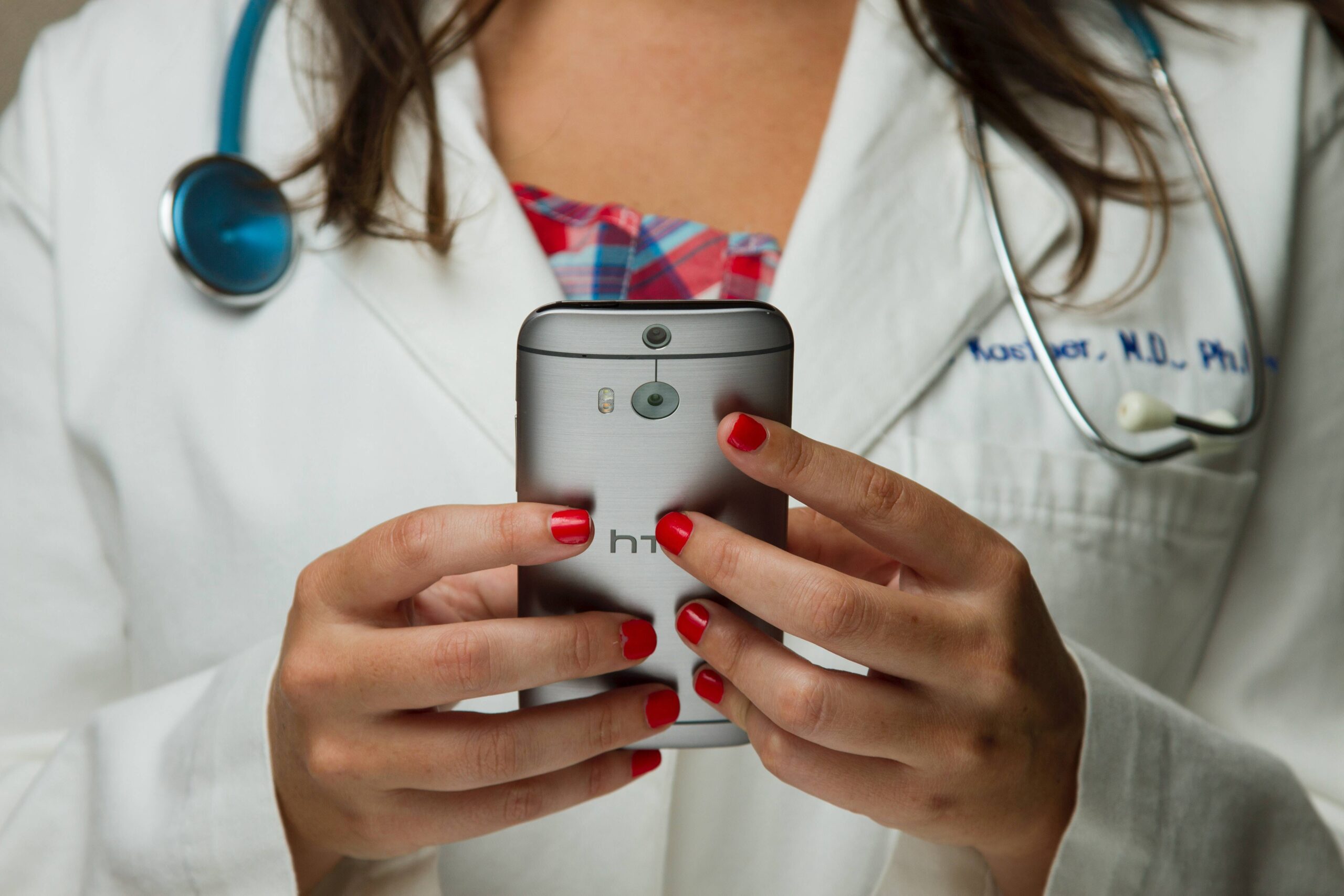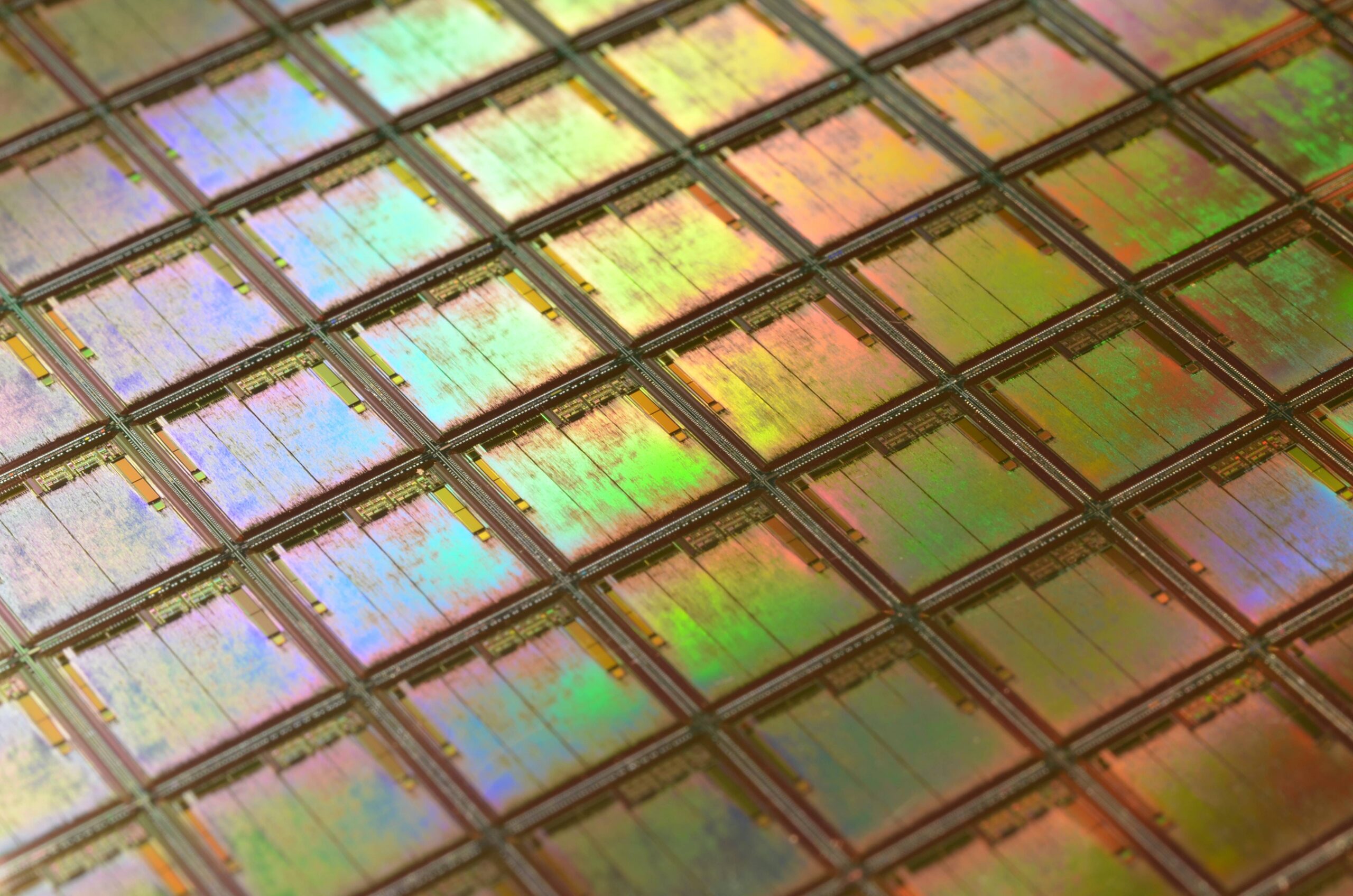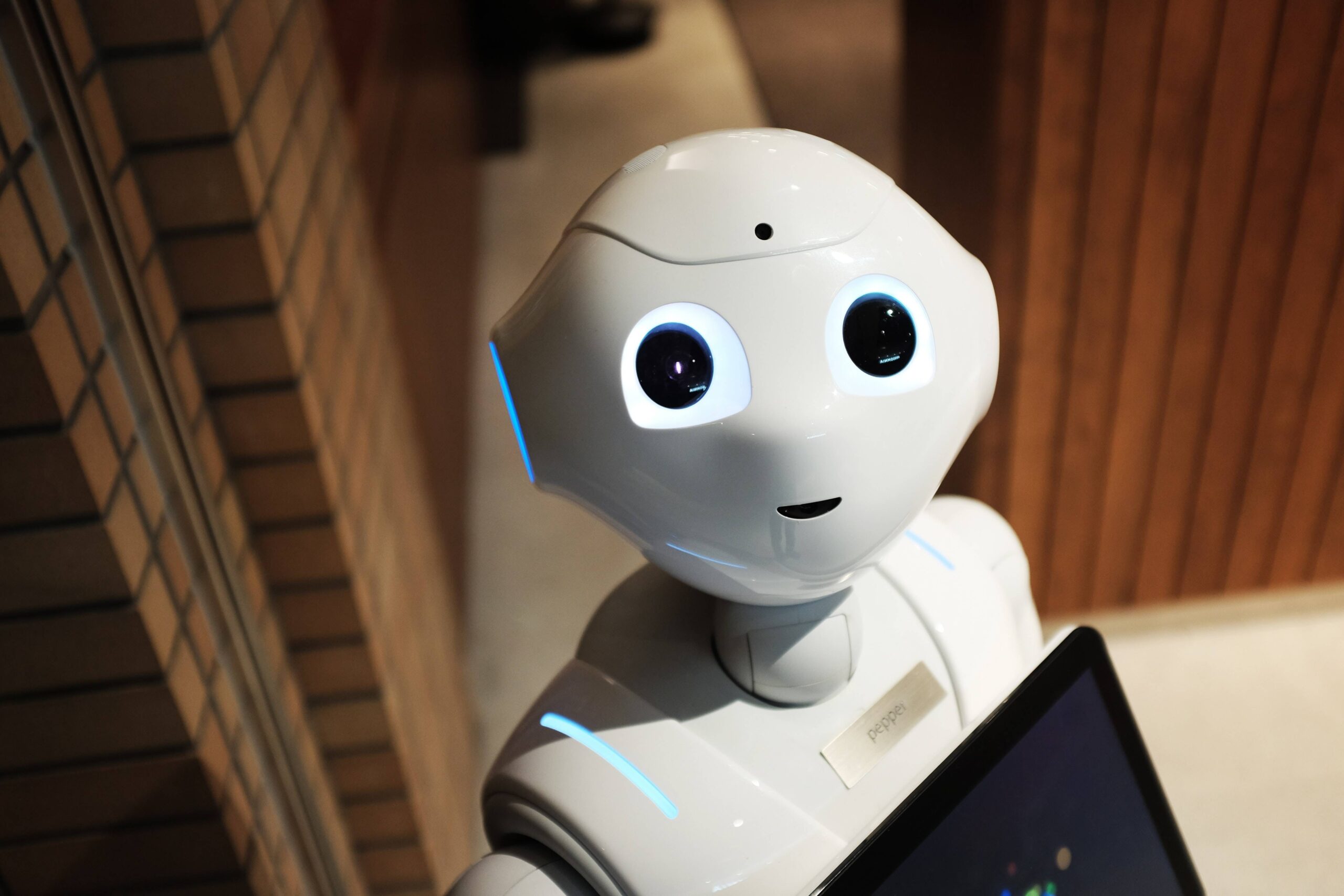Healthcare App Development Trends 2023
Healthcare app development is on the rise, spurred by momentum from global lockdowns. The industry is also seeing post-pandemic adjustments to virtual and contactless care. Due to the global pandemic, healthcare apps are in the spotlight more than ever.
Several trends are creating a perfect storm for healthcare apps in coming years: Patients want more control over their health data, staffing shortages in healthcare, and rising healthcare costs. Click To TweetAccording to a recent report from Statista, the total global mHealth market is predicted to increase to nearly $100 B in 2021 from $21 B in 2016.
Apps drive connectivity for wearables and other medical devices, so let’s review some of the top healthcare app development trends for 2023.
IoT (Internet of Things) Integration
The IoT refers to the proliferation of devices that connect to the Internet and send data to the cloud. Mobile apps serve as the data bridge between physical devices and the cloud.
We are witnessing an explosion in IoT devices on the consumer side, notably from sensors for the home and car. Consumer wearables are blurring the line between traditional medical devices and consumer health and wellness products. For example, Fitbit led the way a few years ago, and we are seeing glucose patch companies begin to market beyond the diabetic market and expand into the fitness and weight loss segments. Appealing to the mass market presents different implications for app functionality and User Experience (UX).
Traditional medical device options for patient home care recovery and monitoring integrate medical devices and wearables with mobile apps. The apps allow healthcare providers to collect real-time data on patient health and activity levels. Providers can use the data to improve patient care and outcomes and identify potential health risks.
During COVID-19, some Healthcare Delivery Organizations (HDOs) like the Mayo clinic began experimenting with sending patients home with recovery “packages” that included medical devices and tablets. The goal was to help patients establish recovery routines that included sending healthcare providers automated readings and patient data.
The Mayo Clinic tested a new home health monitoring system to help manage patients with COVID-19. The plan had two tracks: one for patients at moderate to high risk for complications and one for lower-risk patients.
High-risk patients received a remote monitoring kit that included a blood pressure cuff, thermometer, pulse oximeter, and weight scale. Patient data was sent automatically to Mayo Clinic through a smart mobile device (tablet) that patients received with their kits.
Of course, medical devices and their apps are not on auto-pilot. Similar to a self-driving car, humans did intervene when things seemed to be going off track. Nurses called high-risk patients to flag symptoms such as nausea and shortness of breath.
IoT integration also enables app integration of artificial intelligence to provide remote monitoring and diagnosis. As the healthcare sector embraces IoT technology, we can expect to see a wide range of innovative new apps enter the market.
Patient-Generated Health Data (PGHD)
Patient-generated health data (PGHD) is data generated by patients and shared with providers, insurance companies, and healthcare delivery organizations (HDOs). Similar to wellness wearables for the consumer market, PGHD is another area where the lines between consumer and patient are coming together.
PGHD data can include everything from diet and exercise habits to vital signs and symptoms. PGHD is becoming increasingly important as a source of information for healthcare organizations. Providers can use the data to improve patient care, identify potential health problems, and assess treatments.
This increase in health data presents two main challenges – the amount of data and privacy issues. While a hack of heart rate data may not be a dangerous privacy breach, patients and consumers are understandably concerned about sensitive data such as test results, or medical records account numbers. And while HIPPA covers privacy issues, it doesn’t control companies that monitor consumer wellness or purchasing data.
We’ve all seen infamous cases on the media where sensitive information is misused. One infamous example is Target sending coupons for pregnancy and maternity items to a teen girl, effectively outing her pregnancy to her family before she had told them.
PGHD is also driving the development of personalized medicine. In the future, PGHD will likely play an even more critical role in healthcare as it becomes more accessible and easier to use.
Will Blockchain Affect Medical App Development?
The need for secure data storage and transfers is critical as the world becomes increasingly digitized. Blockchain technology is an innovation of traditional database technology. Instead of centralized databases for storing information, the blockchain is a distributed database that offers high security via encrypted transactions. At the same time, the blockchain ensures transaction transparency for the stakeholders with access to the blockchain.
Blockchain is an attractive option for a wide range of industries. Many sectors, such as manufacturing, already use blockchain for supply chain management. Blockchain has many potential benefits for the healthcare sector, too.
Advanced medical device apps are the conduit of patient information; as such, developers need to be aware of trends in blockchain for healthcare. Providers, insurers, and even government can use blockchain to store patients’ medical records and ensure they are only accessible to authorized parties. In addition, the US healthcare system struggles with high and rising costs. Blockchain can significantly reduce costs through automation and more efficient transaction processing.
Finally, providers can use blockchain technology to create a secure, tamper-proof record of all patient care transactions. This could finally give patients a way to consolidate and control access to their medical records, from birth to death, making it easier to track and manage patients’ health data.
Telemedicine Apps
Telemedicine apps provide patients access to medical care from anywhere in the world. They also offer physicians a way to reach more patients and provide specialized care. There are several reasons why telemedicine apps are becoming increasingly popular:
- Patients have convenient access to care.
- Telemedicine apps can scale the impact of single providers, allowing them to reach more patients and still provide individualized care.
- Help to reduce healthcare costs by streamlining transaction time and reducing the burden on office and front desk staff.
- Improve patient outcomes by reducing the need for unnecessary hospital visits.
- Increase patient engagement and satisfaction – patients can get personalized care in their homes without having to stress finding parking and navigating the daunting infrastructure of hospitals and medical centers.
- Telemedicine apps simplify the process of providing continuity of care.
- They can reduce the spread of infectious diseases.
- They can provide access to care for underserved populations who may have difficulty with transportation or scheduling appointments.
Moving Ahead
Technology is rapidly changing the advanced medical device industry, and apps are an integral part of that change for connectivity. Contact us today if you’re unsure how to manage connectivity considerations for your product. We can help you assess the pros and cons and make an informed decision for your product development roadmap.






